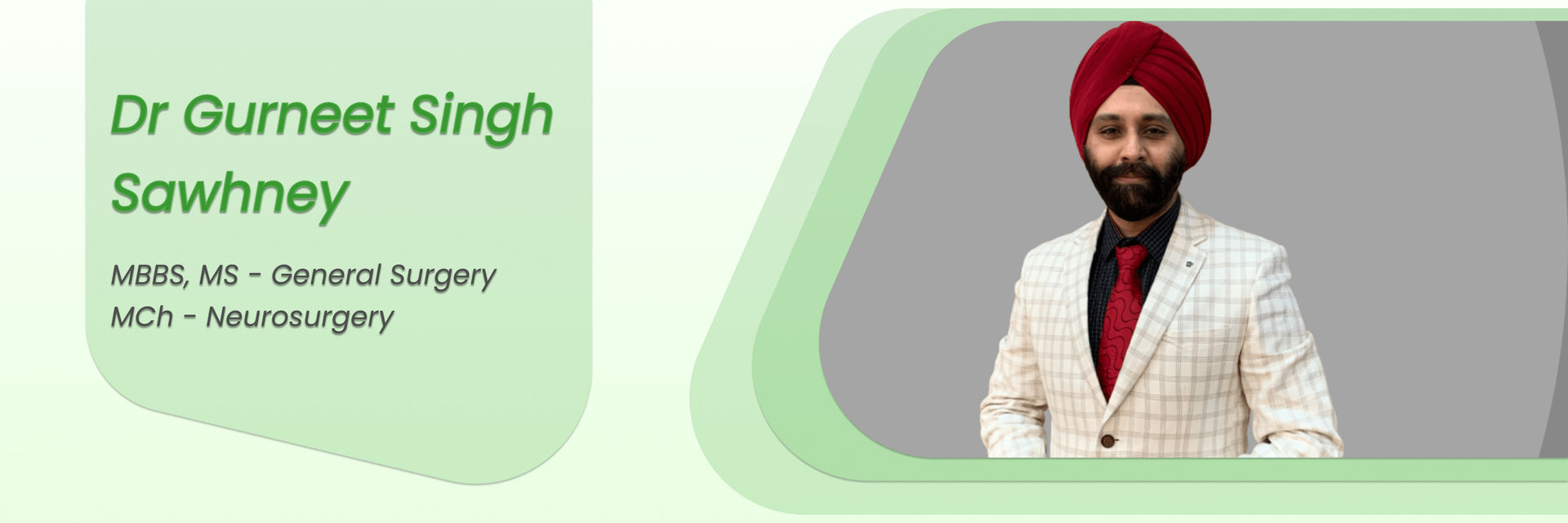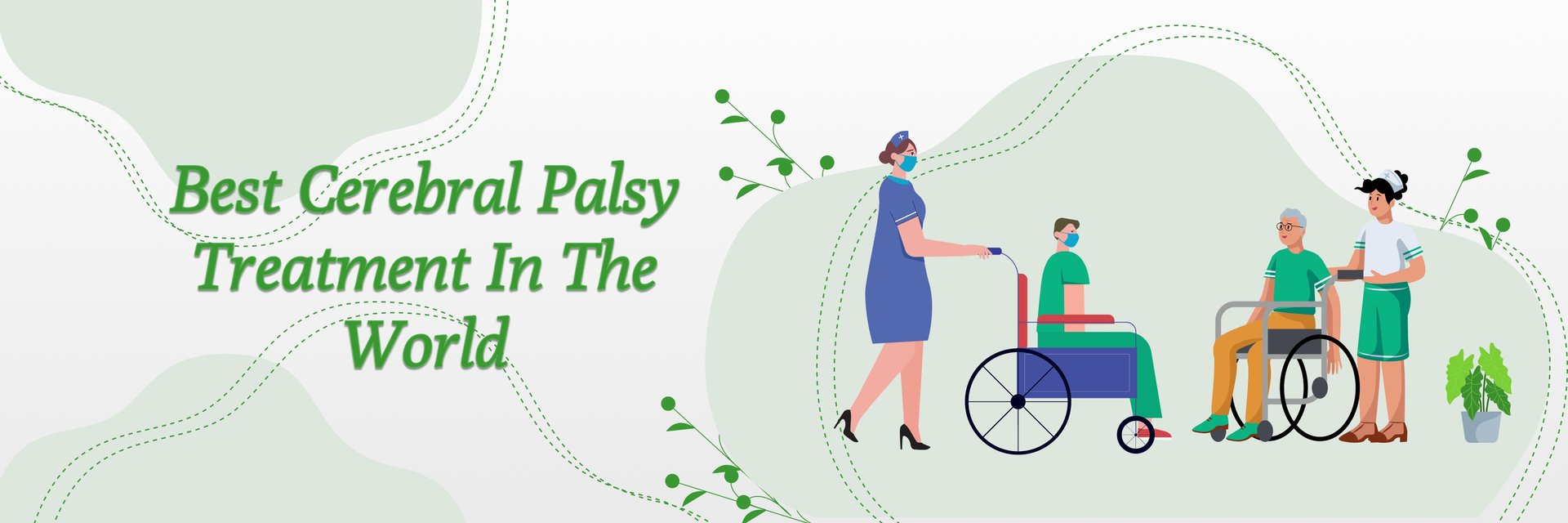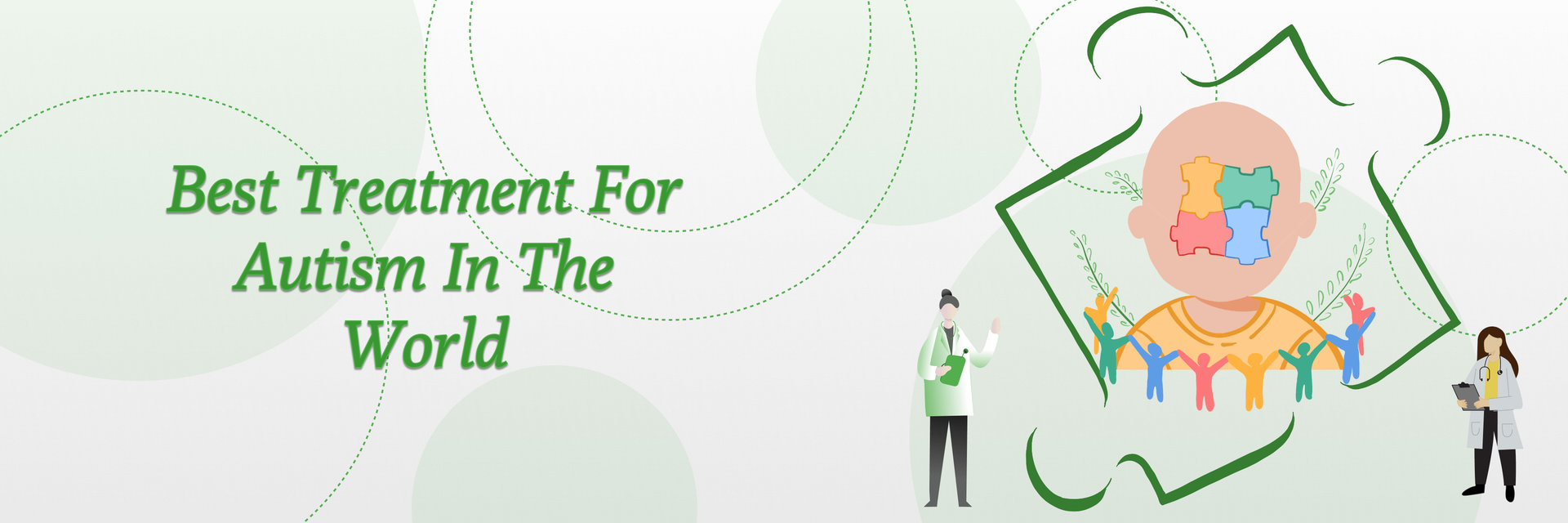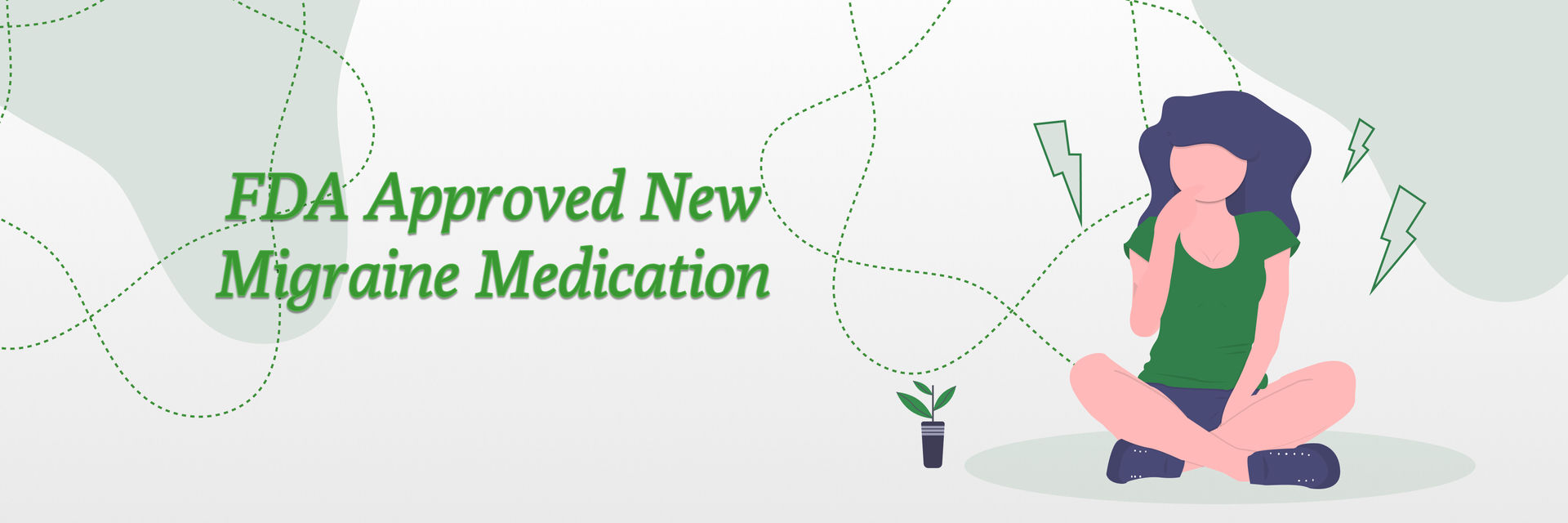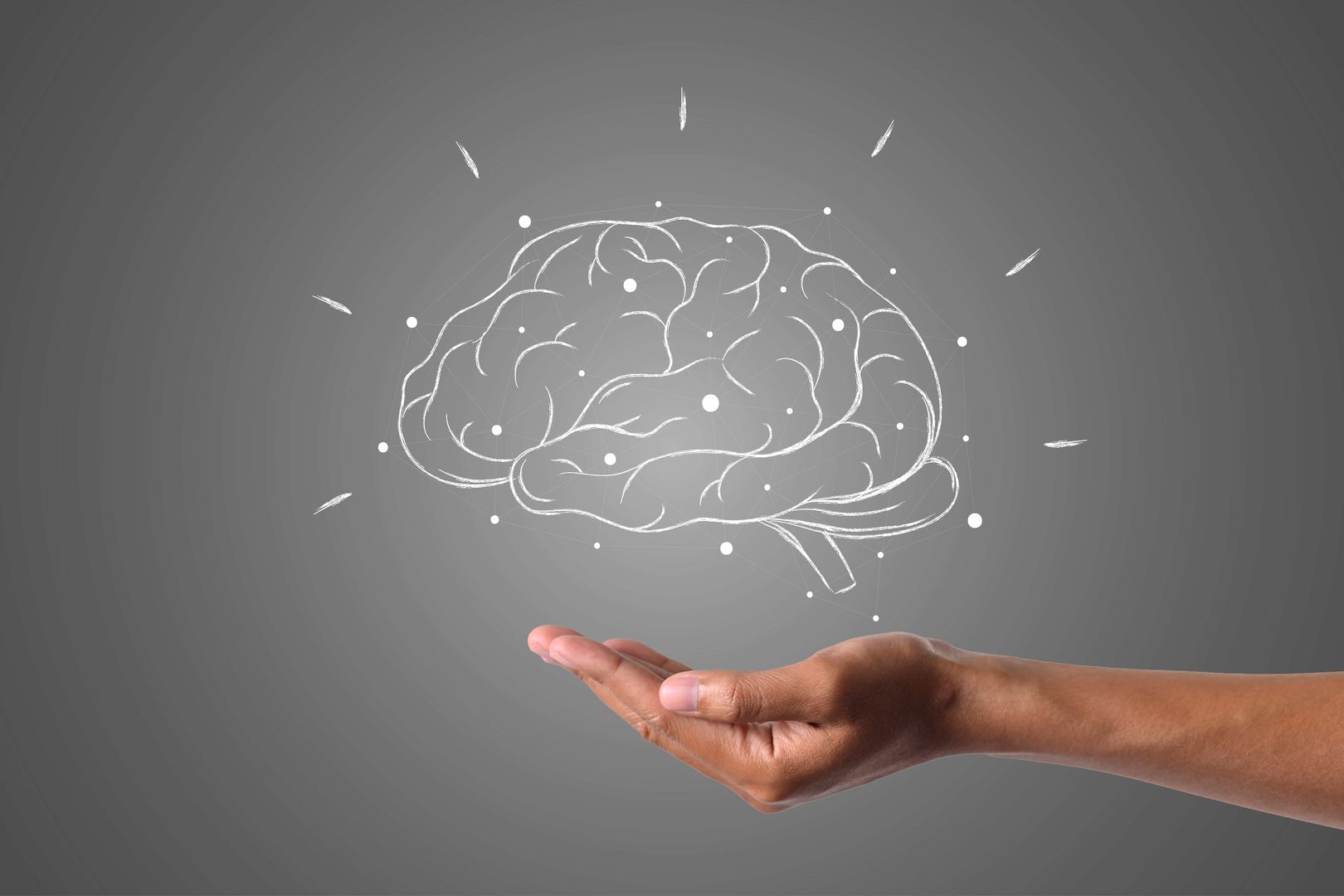Overview
All brain injuries look dramatic with obvious bleeding or loss of consciousness that sends everyone into panic mode. Many victims walk away from accidents appearing fine, only to experience symptoms days or weeks later that gradually worsen. The invisible nature of many brain injuries means people dismiss warning signs until problems become severe and potentially permanent.
Understanding the type and severity drives recovery outcomes because different injuries require different treatment approaches that can't be interchanged. A concussion needs rest and gradual return to activity, while penetrating injuries may require immediate surgery and intensive rehabilitation. Knowing exactly what you're dealing with helps doctors create appropriate treatment plans tailored to specific damage patterns.
A clear, human-focused overview demystifies medical terminology surrounding traumatic brain injuries that confuses most people. This knowledge empowers patients and families to ask better questions and make informed decisions about care. Here's what you need to know about 4 main types of brain injuries and their implications.
The Four Main Types of Brain Injuries
Concussion represents the mildest form, caused by the brain bouncing against the skull from impact forces. Symptoms include headache, confusion, dizziness, and temporary memory problems that usually resolve with time. Most people recover fully within weeks, though repeated concussions cause cumulative damage that becomes progressively worse.
Contusion means bruising of brain tissue from direct impact, often requiring monitoring for dangerous swelling. These injuries show up on CT scans as visible damage in specific brain areas where tissue got crushed. Severe contusions may need surgical intervention to relieve pressure before permanent damage occurs.
Diffuse axonal injury occurs when violent rotation tears nerve fibers throughout the brain, often from high-speed car accidents. This widespread damage disrupts communication between brain regions, affecting multiple functions simultaneously. These injuries range from mild to severe, with outcomes varying dramatically based on which connections got severed.
Penetrating injuries happen when objects pierce the skull and enter brain tissue directly, destroying everything in their path. Gunshots, knife wounds, or debris from explosions cause these obviously traumatic injusries . Surgery is usually necessary to remove foreign objects and repair damage, though outcomes depend heavily on what brain areas got affected.
Severity Levels Explained
Mild, moderate, and severe classifications help doctors predict outcomes and plan appropriate treatment intensity. Mild traumatic brain injuries include most concussions with brief or no loss of consciousness and relatively quick symptom resolution. Moderate injuries involve longer unconsciousness periods and more significant symptoms requiring hospitalization.
The Glasgow Coma Score measures eye opening, verbal response, and motor response on a standardized 15-point scale. Scores of 13-15 indicate mild injury, 9-12 moderate injury, and 8 or below severe trauma requiring intensive care. This assessment guides initial treatment decisions and helps predict long-term outcomes.
Recovery timelines and potential complications vary dramatically, ranging from weeks for mild injuries to incomplete recovery after years. Mild injuries typically resolve within three months with proper rest and gradual activity resumption. Severe injuries may require years of intensive rehabilitation with permanent deficits remaining despite best efforts.
Long-Term Cognitive and Emotional Effects
Memory loss, personality changes, and crushing fatigue plague many brain injury survivors long after physical wounds heal completely. Short-term memory problems make daily tasks frustratingly difficult when you can't remember conversations or appointments. Personality shifts strain relationships dramatically when loved ones feel they're dealing with a completely different person.
Therapy and support networks provide essential resources for managing ongoing symptoms and rebuilding functional lives. Cognitive rehabilitation teaches compensatory strategies for memory and attention deficits that don't fully resolve. Support groups connect survivors with others who truly understand their struggles rather than dismissing invisible disabilities.
Realistic healing expectations prevent disappointment while maintaining hope for continued gradual improvement over time. Many survivors see meaningful progress for years after injury through persistent rehabilitation efforts. However, some deficits become permanent realities, requiring lifelong adaptation and acceptance of new limitations.
Legal and Financial Considerations
Documenting impact for claims requires detailed medical records, neuropsychological testing, and testimony about lifestyle changes. Insurance companies routinely minimize brain injuries precisely because they're invisible on casual observation. Comprehensive documentation proves the devastating reality of your limitations despite normal appearance.
Expert testimony on lifetime costs includes future medical care, lost earning capacity, and needed assistance. Economists calculate present value of decades of ongoing treatment and permanently lost wages. These projections justify large settlement demands that seem excessive to people unfamiliar with true brain injury costs.
Resources for TBI survivors include brain injury associations, vocational rehabilitation programs, and disability benefits. State brain injury alliances provide education and support services connecting survivors with help. Social Security disability may provide essential income for those unable to work anymore.
Conclusion
No two TBIs are alike because injury location, severity, and individual factors create unique outcomes. Two people with similar-looking CT scans may have completely different symptoms and recovery paths. Personalized treatment recognizes this variability rather than applying cookie-cutter approaches.
Medical follow-up and record-keeping throughout recovery prove essential for both health and legal reasons. Regular appointments track progress and catch complications early before they worsen. Documentation builds the evidence needed for fair compensation when insurance companies dispute claims.
Awareness of types of brain injuries guides treatment and justice for victims navigating confusing medical and legal systems. Understanding what happened in your brain helps you advocate for appropriate care. This knowledge also strengthens legal claims by explaining invisible injuries to skeptical insurance adjusters and juries.

